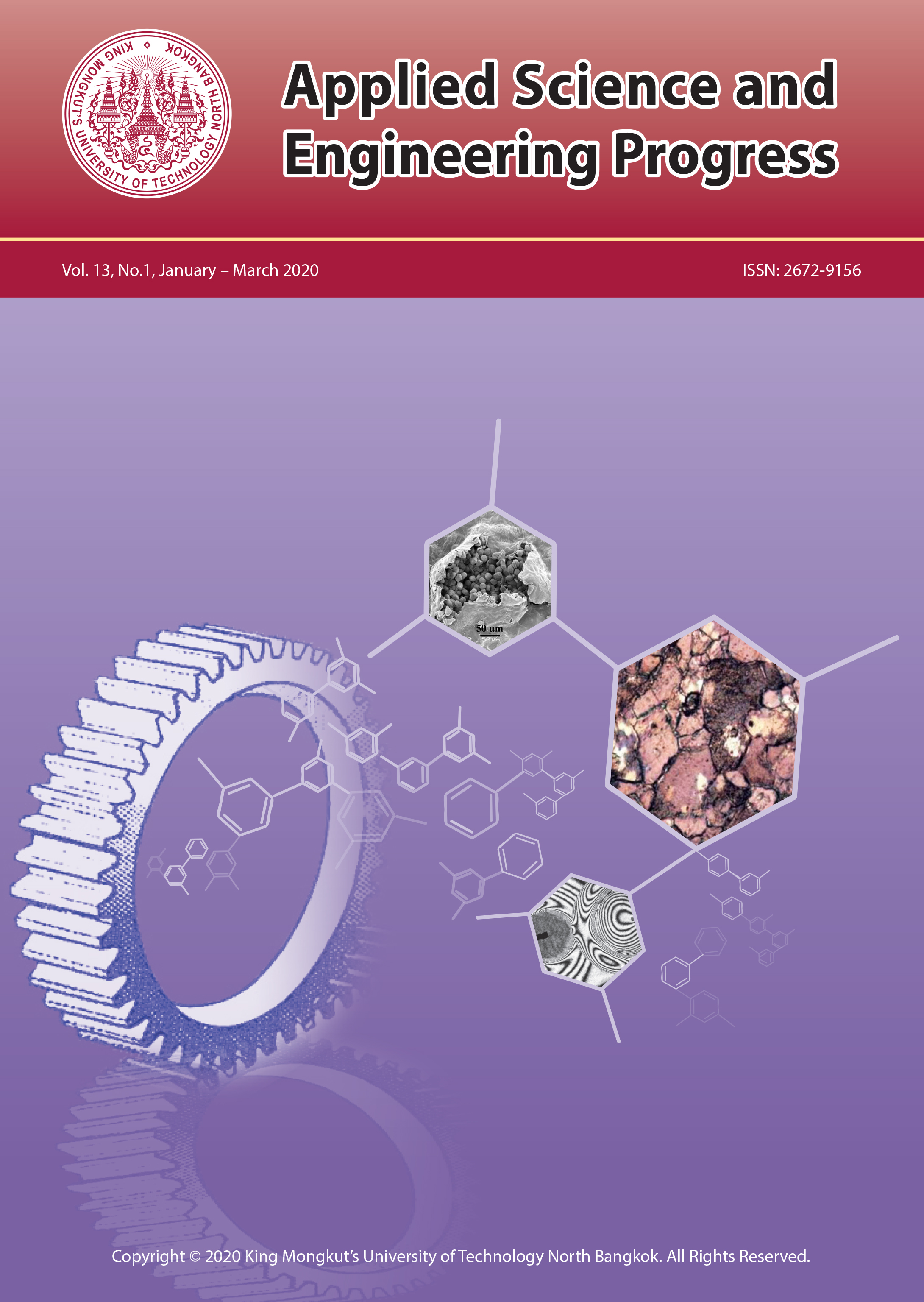Materials Characterization Techniques for the Analyses of Components of Port Fuel Injectors
Main Article Content
Abstract
Recent materials for port fuel injector components undergo diverse feature changing manufacturing processes. These extra features enable them to withstand the harsh environments they are subject to. This makes the analyses of such small port fuel injector materials a daunting task after their manufacture. This study analyzes various characterization techniques of different probe sizes and atmospheric conditions. It determines the ideal techniques to use when analyzing materials of different types of port fuel injectors after their manufacture. In quantitative chemical analysis, the presence of monochromator and vacuum, produced reliable results in the case of X-ray Fluorescent Spectroscopy (XRF) with X-ray tube. Fabrication techniques and the stainless steel groups of the components were also found to influence which techniques work best.
Article Details
References
[2] A. Wade, Motorcycle Fuel Injection Handbook, 2nd ed., Wisconsin: Motorbooks International, 2004, p. 47.
[3] N. Enright, “Basic principles of operation and applications of fuel injection systems in petrol powered cars,” Department of Mechanical & Automobile Engineering, Limerick Institute of Technology, Limerick, Ireland, 2015.
[4] R. M. Campion, C. Q. Dam, K. W. Hall, and W. J. Rodier, “Coatings for use in fuel injection components” U.S. Patent 7942343B2, Sep. 21 1998.
[5] L. B. Ramos, “Tribocorrosion and electrochemical behaviour of din 1.4110 martensitic stainless steels after cryogenic heat treatment,” Materials Research, vol. 20, pp. 2, Feb. 2017.
[6] G. V. Voort, ASM Handbook Volume 9: Metallography and Microstructures. Ohio: ASM International, 2004, pp. 675–699.
[7] Stainless Steel Database, Atlas Steel Co., Ohio, USA, 2013, pp. 2–57.
[8] Handbook of Stainless Steel, Stainless steel categories and grades, Helsinki, Finland, 2013, pp. 10–20.
[9] B. Stuart, Infrared Spectroscopy: Fundamentals and Applications. Chichester: John Wiley and Sons Ltd, 2004.
[10] N. Cheval, N. Gindy, C. Flowkes, and A. Fahmi, “Polyamide 66 microspheres metallised with in situ synthesized gold nanoparticles for a catalytic application,” Nanoscale Research Letters, vol. 7, no. 1, p. 182, Mar. 2012.
[11] T. R. Crompton, Fourier Induced Transform Spectroscopy. UK: Lightning Source Ltd, 2006, pp. 85–86.
[12] A. R. Bunsell, Handbook of Tensile Properties of Textile and Technical Fibres, 2nd ed., Cambridge, UK: Woodhead Publishing, 2018, pp. 200–219.


